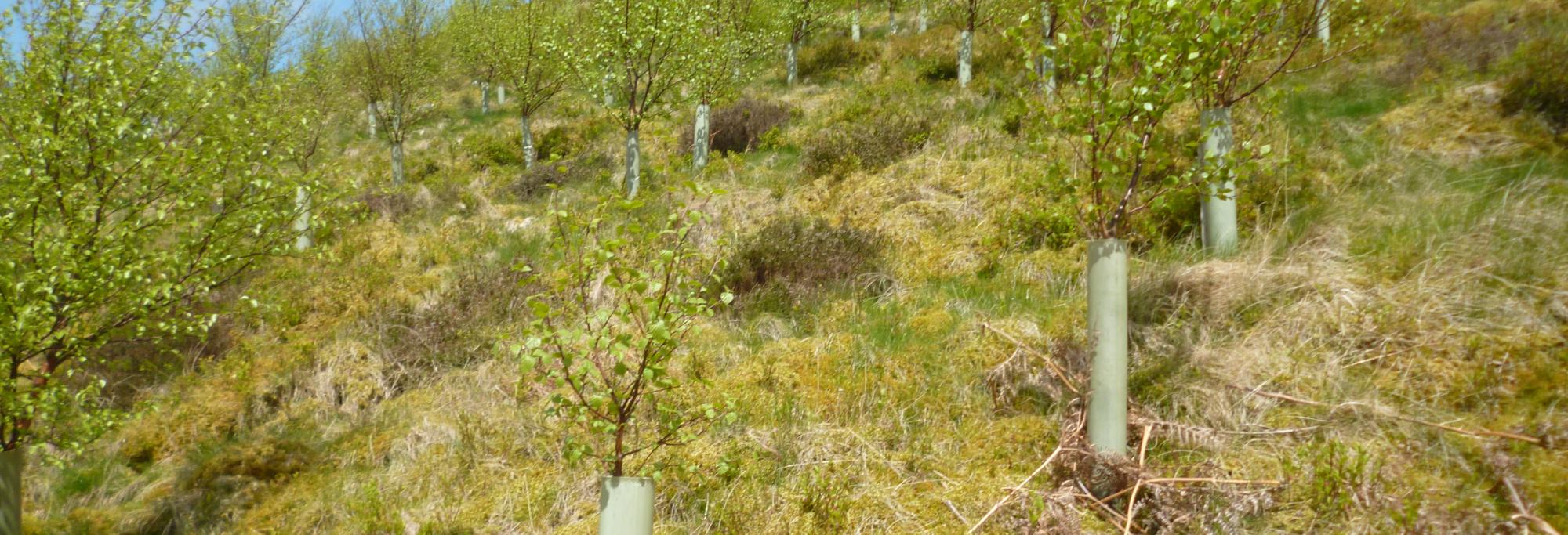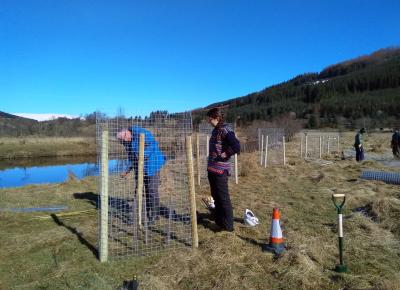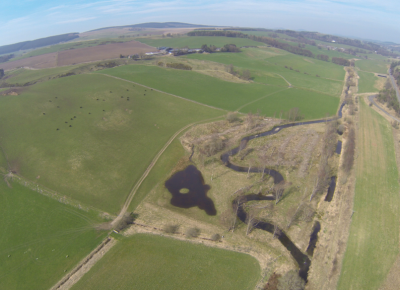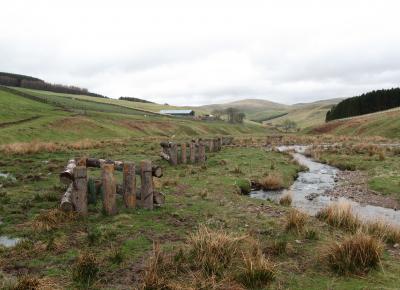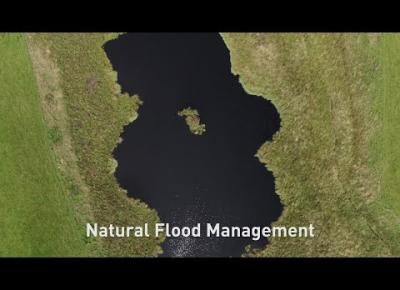Woodlands can help to attenuate floods through a number of hydrological processes, such as the interception of rainfall, increased use of water (evapotranspiration), and increased infiltration of water into the soil profile. Woodlands also act to slow surface runoff and reduce sediment transport down hillslopes, by increasing the resistance to flow. Upland areas, which have higher rainfall, steeper slopes, gullies and often quite shallow soils, can deliver significant amounts of floodwater from headwaters to the lower catchment areas. Well sited and managed woodlands protect the soil from disturbance and improve soil structure due to the action of tree roots and high inputs of organic matter. These conditions enhance the soil infiltration pathways and the water storage capacity thereby reducing direct surface run-off, erosion and sediment transport.

